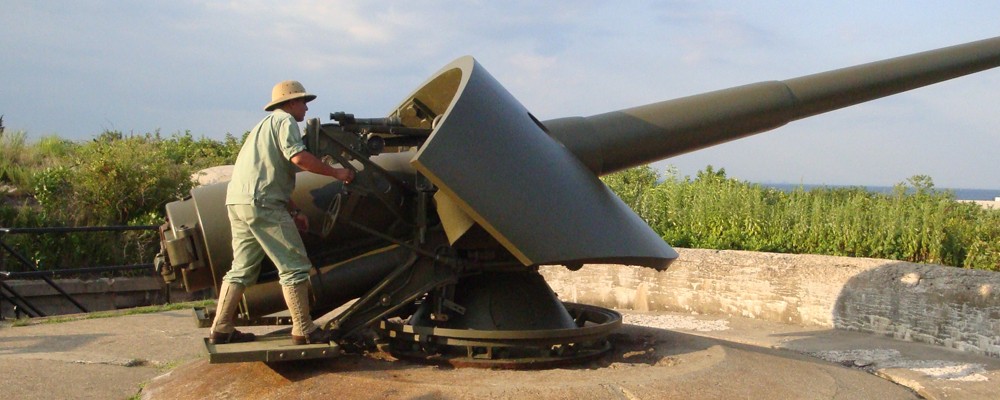Fortifications in Sweden
For Sweden-based campaigns, check out Boden Fortress. It was built in the early 20th century to defend against an attack from Russia. It was in use until the early 1990s, IRL (the last bit that was used was decommissioned in 1998!). Apparently, Sweden's gold reserves were stored inside Boden Fortress at one point.
The website also provides links to info on other fortresses and castles in Sweden.
Here's an unofficial "tour" (no narration) posted on YouTube.
-
For Sweden-based campaigns, check out Boden Fortress. It was built in the early 20th century to defend against an attack from Russia. It was in use until the early 1990s, IRL (the last bit that was used was decommissioned in 1998!). Apparently, Sweden's gold reserves were stored inside Boden Fortress at one point.
The website also provides links to info on other fortresses and castles in Sweden.
Here's an unofficial "tour" (no narration) posted on YouTube.
-





Comment